
Pedregalejo: Málaga's Seaside Gem
Explore Pedregalejo: A blend of traditional Andalusian culture and modern seaside living, with stunning Mediterranean views and vibrant local life.
Pedregalejo, a charming coastal neighbourhood in Málaga, Spain, offers a unique blend of traditional Andalusian culture and modern seaside living. Known for its picturesque beaches, Pedregalejo is a favourite spot for both locals and tourists seeking a more relaxed and authentic experience. The area's stunning views of the Mediterranean Sea, combined with its vibrant atmosphere, make it a must-visit destination. Stroll along the Paseo Marítimo, a scenic promenade lined with palm trees, where you can enjoy a leisurely walk or bike ride. The promenade is dotted with chiringuitos (beach bars) and seafood restaurants, offering freshly caught fish and traditional Spanish tapas. The old fishermen’s houses, now converted into trendy eateries and bars, add to the neighbourhood's unique charm. Pedregalejo is also a hub for water sports enthusiasts. You can try your hand at paddleboarding, kayaking, or simply take a refreshing swim in the crystal-clear waters. The neighbourhood’s laid-back vibe is perfect for those looking to escape the hustle and bustle of Málaga’s city centre, while still being close enough to explore its many attractions.
Local tips in Pedregalejo
- Visit during the early evening to catch a beautiful sunset along the promenade.
- Try the espeto de sardinas (grilled sardines) at one of the beachside chiringuitos.
- Rent a bike to explore the promenade and nearby areas more conveniently.
- Pack a swimsuit and towel for a spontaneous dip in the sea.
- Weekdays are less crowded, offering a more relaxed atmosphere.
Pedregalejo: Málaga's Seaside Gem
Pedregalejo, a charming coastal neighbourhood in Málaga, Spain, offers a unique blend of traditional Andalusian culture and modern seaside living. Known for its picturesque beaches, Pedregalejo is a favourite spot for both locals and tourists seeking a more relaxed and authentic experience. The area's stunning views of the Mediterranean Sea, combined with its vibrant atmosphere, make it a must-visit destination. Stroll along the Paseo Marítimo, a scenic promenade lined with palm trees, where you can enjoy a leisurely walk or bike ride. The promenade is dotted with chiringuitos (beach bars) and seafood restaurants, offering freshly caught fish and traditional Spanish tapas. The old fishermen’s houses, now converted into trendy eateries and bars, add to the neighbourhood's unique charm. Pedregalejo is also a hub for water sports enthusiasts. You can try your hand at paddleboarding, kayaking, or simply take a refreshing swim in the crystal-clear waters. The neighbourhood’s laid-back vibe is perfect for those looking to escape the hustle and bustle of Málaga’s city centre, while still being close enough to explore its many attractions.
Iconic landmarks you can’t miss
Alcazaba
Explore the Alcazaba of Málaga, a stunning fortress that offers breathtaking views, lush gardens, and a rich tapestry of history in Spain's vibrant coastal city.
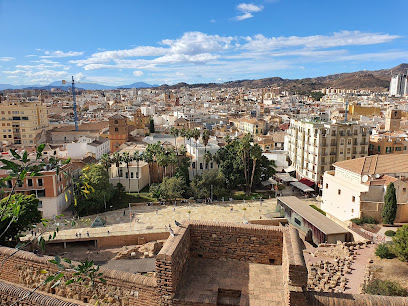
Castillo de Gibralfaro
Discover the historical significance and stunning views of Castillo de Gibralfaro, a must-visit castle in Málaga, Spain.
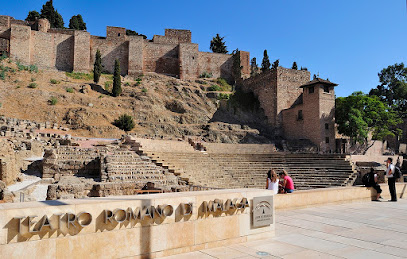
Hotel La Chancla
Discover the charm of Málaga at Hotel La Chancla, where comfort meets Mediterranean beauty in a perfect coastal getaway.

La Farola de Málaga
Discover the iconic La Farola de Málaga, a historic lighthouse that symbolizes the city's maritime culture and offers stunning views of the Mediterranean Sea.

La Galerna
Savor the authentic flavors of Málaga at La Galerna, a charming restaurant offering fresh seafood and traditional Spanish dishes with stunning Mediterranean views.
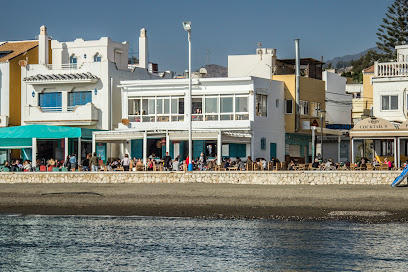
Sapino
Experience the essence of Mediterranean cuisine at Sapino in Málaga - a delightful restaurant offering fresh seafood, tapas, and vibrant atmosphere.
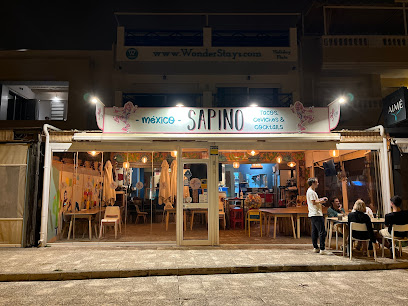
Frida Pahlo
Experience the vibrant flavors of Málaga at Frida Pahlo, a restaurant and bar inspired by the art of Frida Kahlo, offering a delightful fusion of local and international cuisine.
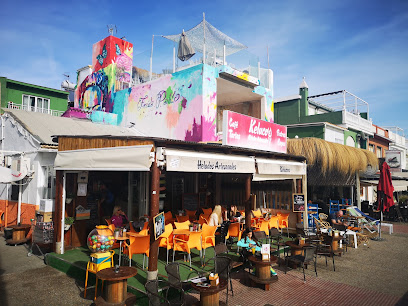
Alberto Suárez Pipi Garden
Explore the serene beauty of Alberto Suárez Pipi Garden in Málaga, a lush urban oasis perfect for relaxation and nature enthusiasts.
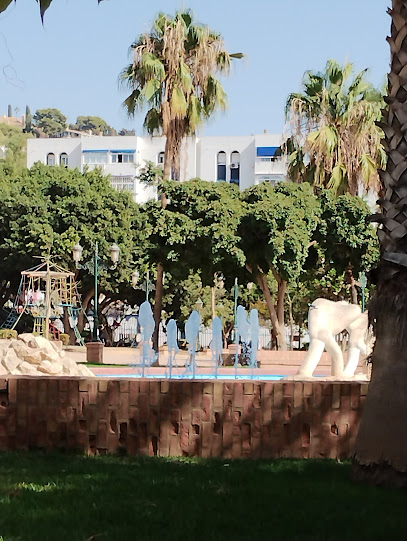
Fuente de las Tres Gracias
Discover the beauty of Fuente de las Tres Gracias, a stunning fountain in Málaga that captures the essence of art, culture, and relaxation in the heart of the city.
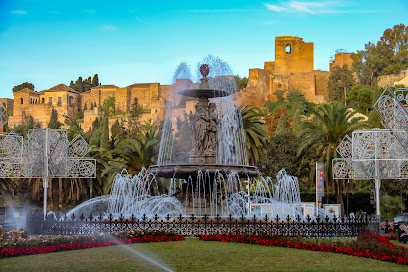
Heladería Kelucos
Experience the delightful flavors of Heladería Kelucos, a charming ice cream café in Málaga-Este, perfect for a sweet escape by the beach.
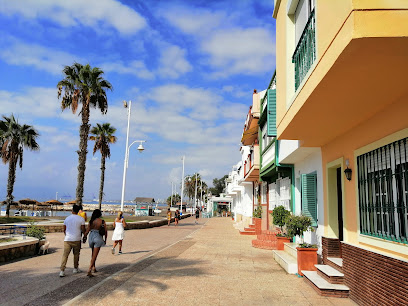
Playa Pedregalejo
Experience the charm of Playa Pedregalejo, a stunning beach destination in Málaga, with its vibrant atmosphere, stunning views, and delicious seafood.
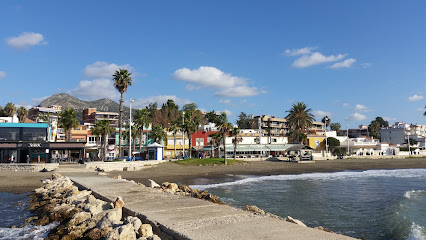
Jardines de Puerta Oscura
Discover tranquility at Jardines de Puerta Oscura, a beautiful garden in Málaga that combines lush greenery with a rich cultural heritage.
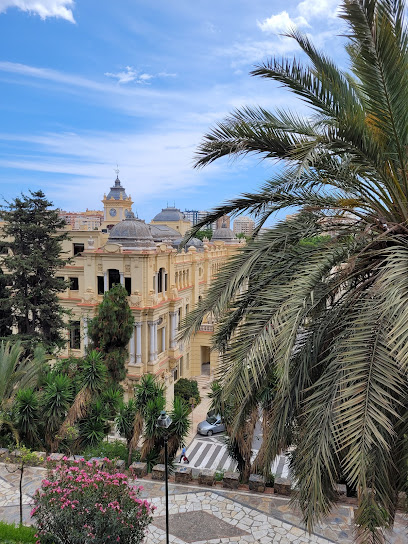
El Jardín de Azahar_Pedregalejo_Malaga
Experience the beauty of Málaga at El Jardín de Azahar, a serene self-catering accommodation in the vibrant neighborhood of Pedregalejo.
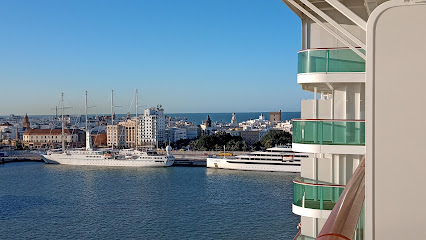
Astilleros Nereo
Explore Astilleros Nereo in Málaga, where traditional boat building meets maritime heritage in a captivating historical landmark and museum.
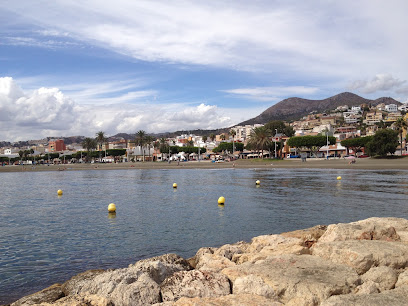
Peña Recreativa Pedregalejo
Experience the vibrant culture of Málaga at Peña Recreativa Pedregalejo, where flamenco and local cuisine come together in a lively atmosphere.
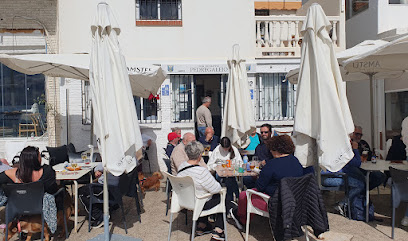
Unmissable attractions to see
Picasso Museum Málaga
Discover the rich artistic heritage at the Picasso Museum Málaga, where the genius of Pablo Picasso comes to life through a stunning collection of his works.
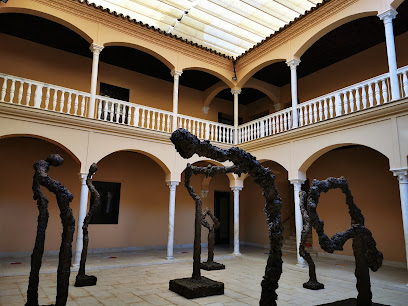
Castillo de Gibralfaro
Discover the historical splendor of Castillo de Gibralfaro, a stunning castle in Málaga offering breathtaking views and a glimpse into Andalusian history.
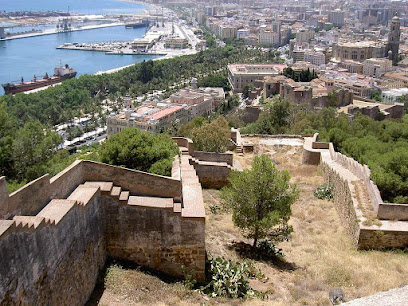
Cocheras del Valle de los Galanes
Explore the enchanting Cocheras del Valle de los Galanes in Málaga, where history and art come together in a beautiful setting.
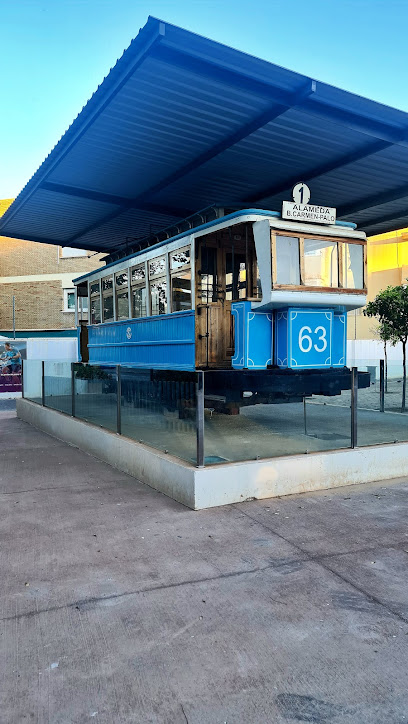
Playa pedregalejo
Discover the sun-kissed shores of Playa Pedregalejo, where vibrant beach life meets exquisite local cuisine in Málaga's coastal gem.
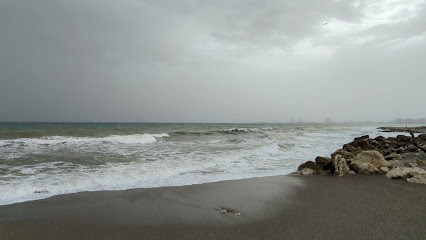
Playa Baños del Carmen Varadero
Experience the serene beauty of Playa Baños del Carmen, a stunning beach destination in Málaga, perfect for relaxation and unforgettable sunsets.
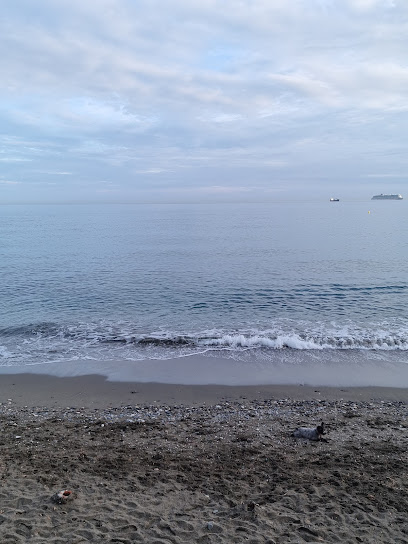
Cabalgata El Palo - Pedregalejo
Discover the beauty of Andalusia on horseback at Cabalgata El Palo, a top tourist attraction in Málaga offering unforgettable riding experiences.
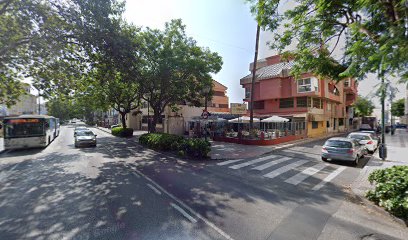
Espigón de la Farola
Experience the breathtaking beauty of Espigón de la Farola, Málaga's iconic coastal attraction with stunning views and vibrant local culture.

Essential places to dine
Restaurante El Merlo la Revuelo
Discover delightful grilled dishes at Restaurante El Merlo la Revuelo in Málaga, where stunning views meet authentic local flavors.
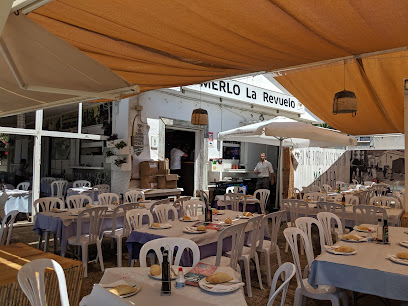
Miguelito El Cariñoso Restaurante
Discover authentic Mediterranean flavors at Miguelito El Cariñoso Restaurante, where fresh seafood meets stunning coastal views.
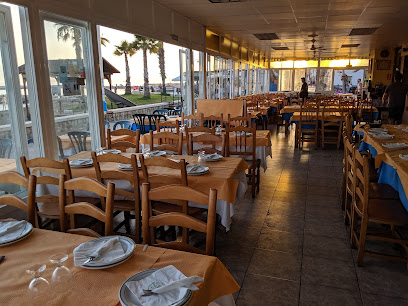
La Galerna
Experience authentic Spanish cuisine at La Galerna in Málaga, where local flavors meet stunning coastal views for an unforgettable dining adventure.
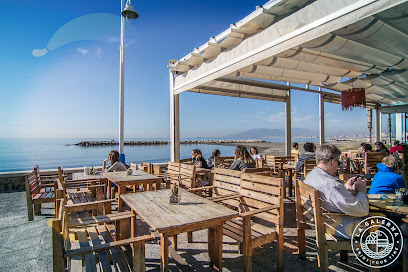
La Machina
Experience Mediterranean culinary delights at La Machina, where great food meets live piano music on the beautiful Málaga coast.
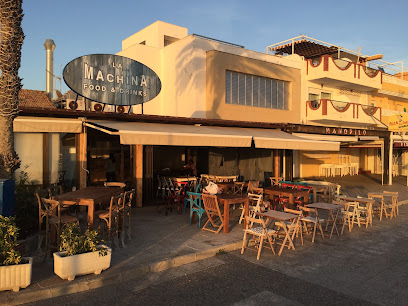
Restaurante El Cabra
Discover authentic Andalusian seafood at Restaurante El Cabra in Málaga – a family-friendly dining experience by the sea.
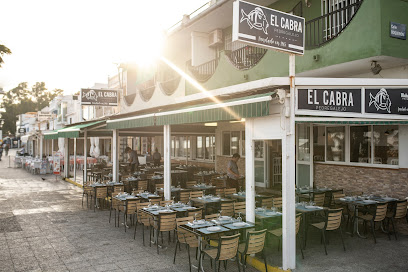
Restaurante El Caleño
Discover exquisite Mediterranean flavors at Restaurante El Caleño in Málaga - where fresh seafood meets stunning coastal views.
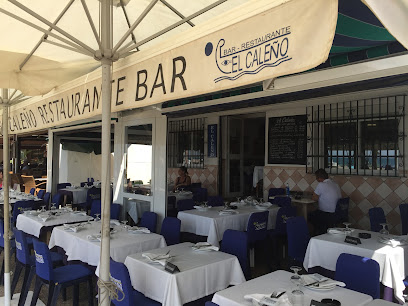
PERIPLO Pedregalejo
Experience authentic Mediterranean flavors at PERIPLO Pedregalejo - where great food meets stunning seaside views.
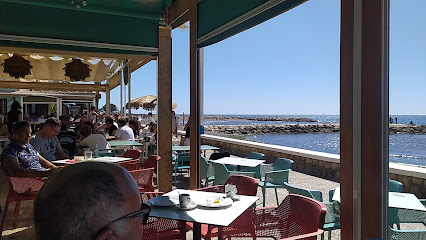
Gastrobar Sabores y Sensaciones
Experience vibrant local flavors at Gastrobar Sabores y Sensaciones in Málaga - where every dish tells a story!
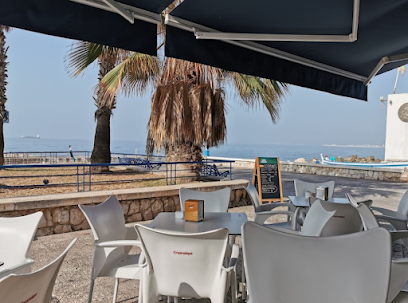
Aimé Restaurante.Cocina fusión española.Cortes de carnes Premium.
Experience premium Spanish fusion cuisine at Aimé Restaurante, where exquisite flavors meet stunning coastal views in Málaga.
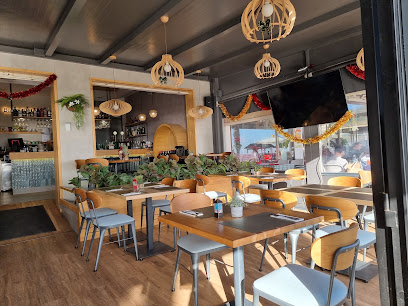
La Malagueña Cuando Besa
Experience authentic Andalusian cuisine with stunning sea views at La Malagueña Cuando Besa in Málaga.
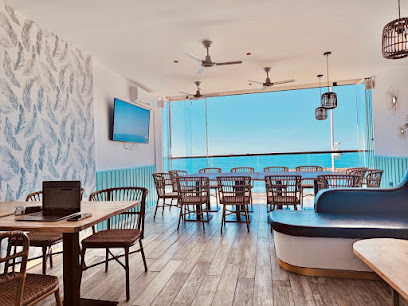
Markets, malls and hidden boutiques
My Granny
Explore My Granny Gift Shop in Málaga for unique handmade gifts, exquisite dresses, and inspiring craft supplies that reflect local artistry.
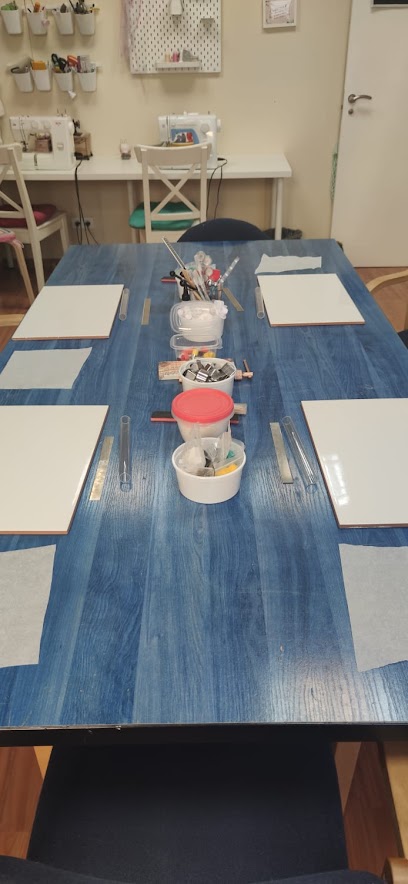
La Promenade
Explore modern men's fashion at La Promenade in Málaga, where style meets quality in a sophisticated shopping experience.
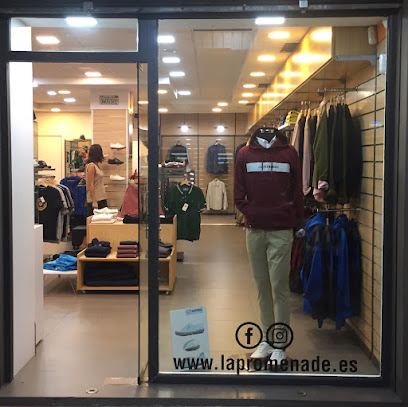
Bazar Alimentación
Discover unique home goods and local treasures at Bazar Alimentación in Málaga, where shopping meets Spanish charm.
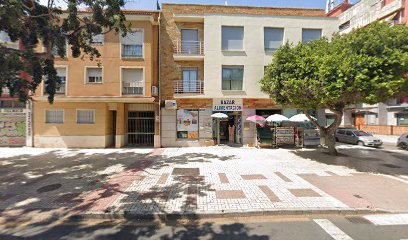
Ruka es Mayma
Explore Ruka es Mayma in Málaga for a unique shopping experience featuring stylish women's clothing, trendy accessories, and charming home goods.

Jayma Boutique
Explore unique fashion at Jayma Boutique, a hidden gem in Málaga-Este offering high-quality clothing and accessories that embody Andalusian spirit.
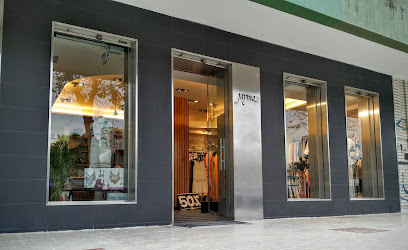
Strava Boutique
Explore stylish clothing at Strava Boutique in Málaga, where unique fashion meets local charm.
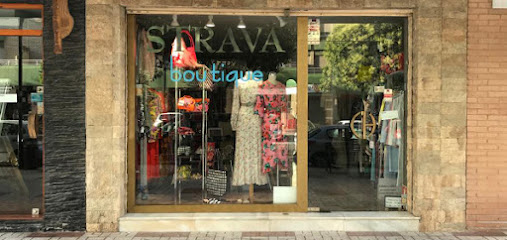
Why Not...
Discover unique fashion and artisanal treasures at Why Not... Boutique in Málaga, a must-visit destination for any traveler.
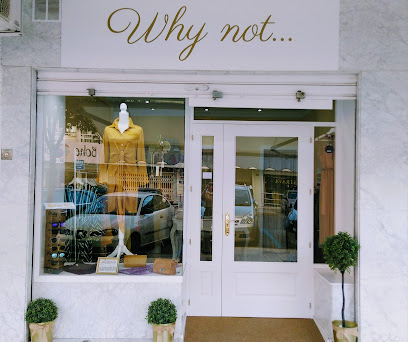
Pedregalejo
Explore Pedregalejo, Málaga: a charming fishing village with stunning beaches, delightful seafood, and a vibrant local culture.
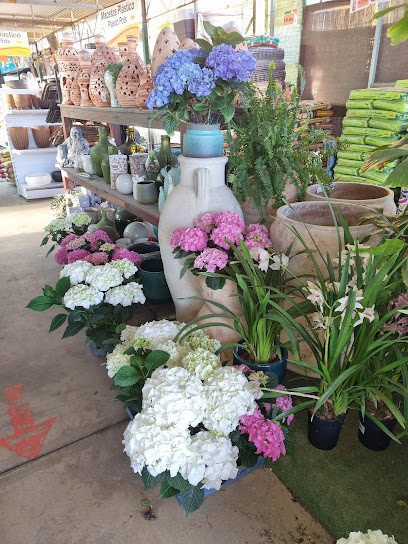
Pinssa
Discover the artistry of Málaga at Pinssa, a charming craft store filled with unique handmade treasures and local artisan goods.
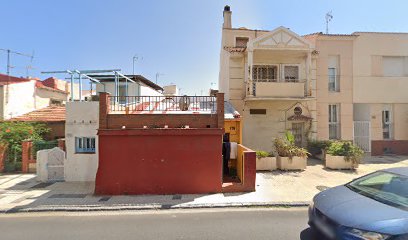
Malala Mar
Explore Malala Mar, a stylish women's clothing store in Málaga, offering unique fashion pieces that embody the local culture and trends.
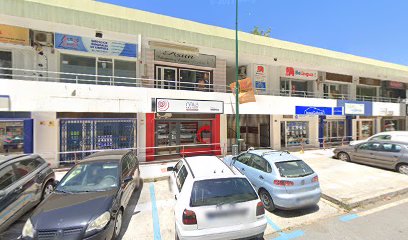
Essential bars & hidden hideouts
Vox Sports Bar
Experience the ultimate sports bar in Málaga, where delicious cocktails and thrilling games unite in a stunning coastal setting.
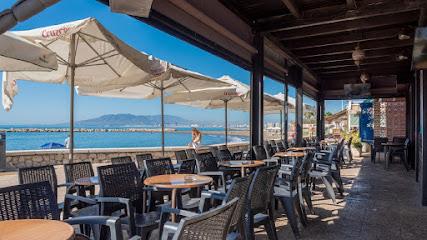
PERIPLO Pedregalejo
Discover PERIPLO Pedregalejo in Málaga, where exquisite grilled dishes meet breathtaking views of the Mediterranean coastline.
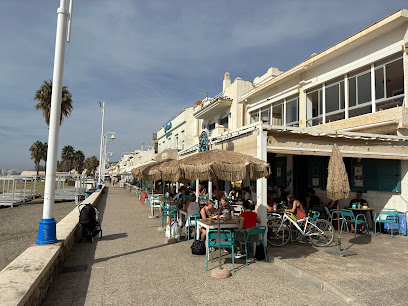
SWAN Pedregalejo
Discover the vibrant flavors and stunning views of the Mediterranean at SWAN Pedregalejo, a grill restaurant in Málaga.
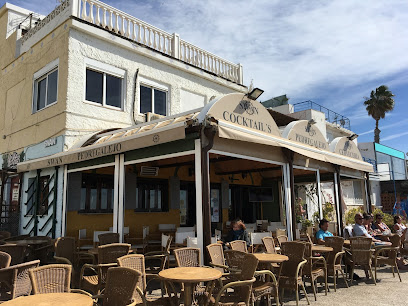
Bar Kali
Discover Bar Kali in Málaga, where the vibrant atmosphere meets stunning seaside views, perfect for enjoying tapas and drinks.
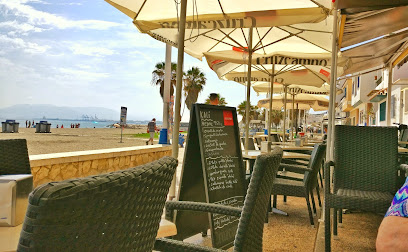
La Santería
Discover La Santería, a vibrant bar in Málaga offering delightful cocktails and stunning sea views, perfect for a memorable nightlife experience.
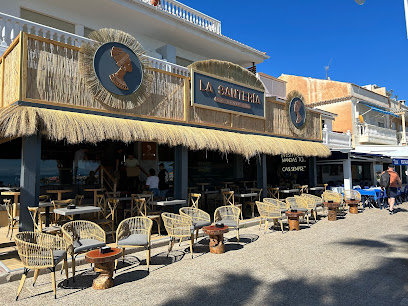
Cocodrilo Dundee
Experience the vibrant Mediterranean lifestyle at Cocodrilo Dundee, a lively bar in Málaga offering stunning views and delicious drinks.
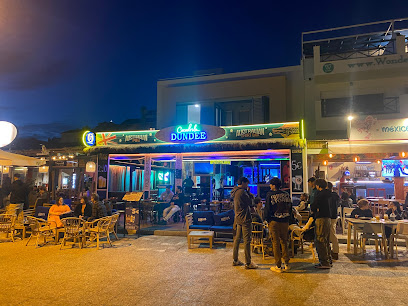
El Kiosko de Pedregalejo
Experience the essence of Andalusian cuisine at El Kiosko de Pedregalejo, a beachfront grill restaurant renowned for its fresh seafood and vibrant atmosphere.
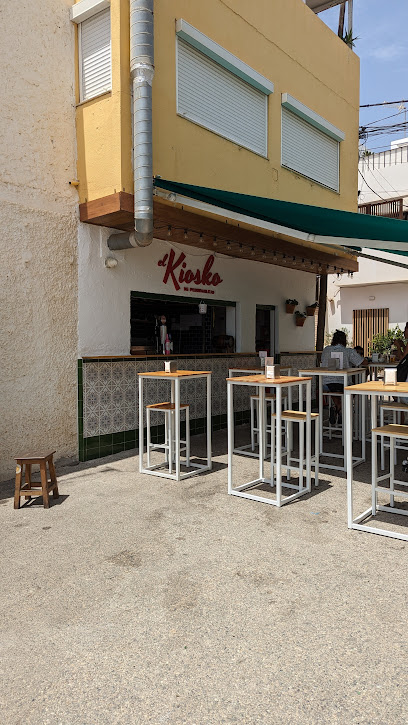
Habanera
Discover the vibrant atmosphere and stunning views at Habanera, a must-visit bar in Málaga for tourists seeking relaxation and local flavor.
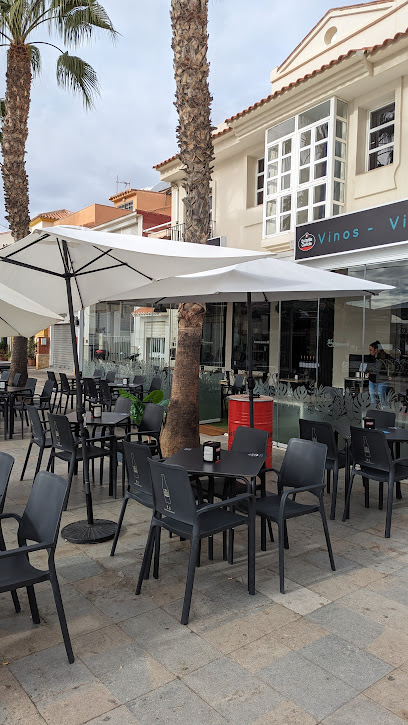
NivelUno Bar - Pedregalejo
Discover the lively ambiance of NivelUno Bar in Pedregalejo, where delicious tapas and refreshing drinks meet stunning Mediterranean views.
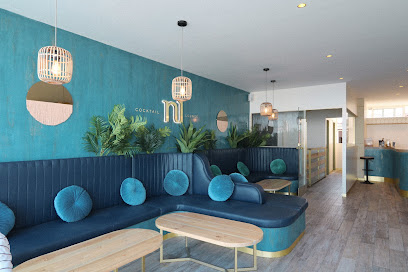
Pedregalejo
Experience the coastal charm of Pedregalejo, a vibrant Málaga neighborhood with stunning beaches, delicious seafood, and lively nightlife.
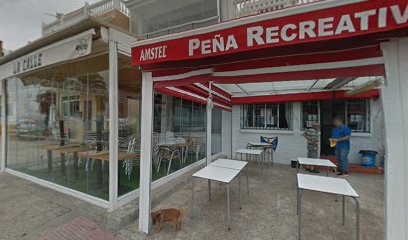
Local Phrases
-
- HelloHola
[O-la] - GoodbyeAdiós
[A-di-ós] - YesSí
[Sí] - NoNo
[No] - Please/You're welcomePor favor/De nada
[Por fa-vor/De na-da] - Thank youGracias
[Gra-cias] - Excuse me/SorryPerdón/Lo siento
[Per-dón/Lo sien-to] - How are you?¿Cómo estás?
[¿Có-mo es-tás?] - Fine. And you?Bien. ¿Y tú?
[Bien. ¿Y tú?] - Do you speak English?¿Hablas inglés?
[¿Ha-blas in-glés?] - I don't understandNo entiendo
[No en-tien-do]
- HelloHola
-
- I'd like to see the menu, pleaseMe gustaría ver la carta, por favor
[Me gus-ta-ría ver la car-ta, por fa-vor] - I don't eat meatNo como carne
[No co-mo car-ne] - Cheers!¡Salud!
[¡Sa-lud!] - I would like to pay, pleaseMe gustaría pagar, por favor
[Me gus-ta-ría pa-gar, por fa-vor]
- I'd like to see the menu, pleaseMe gustaría ver la carta, por favor
-
- Help!¡Ayuda!
[¡A-yu-da!] - Go away!¡Vete!
[¡Ve-te!] - Call the Police!¡Llama a la policía!
[¡Lla-ma a la po-li-cía!] - Call a doctor!¡Llama a un médico!
[¡Lla-ma a un mé-di-co] - I'm lostEstoy perdido/a
[Es-toy per-di-do/a] - I'm illEstoy enfermo/a
[Es-toy en-fer-mo/a]
- Help!¡Ayuda!
-
- I'd like to buy...Me gustaría comprar...
[Me gus-ta-ría com-prar...] - I'm just lookingSolo estoy mirando
[So-lo es-toy mi-ran-do] - How much is it?¿Cuánto cuesta?
[¿Cúan-to cues-ta?] - That's too expensiveEso es demasiado caro
[E-so es de-ma-sia-do ca-ro] - Can you lower the price?¿Puedes bajar el precio?
[¿Pue-des ba-jar el pre-cio?]
- I'd like to buy...Me gustaría comprar...
-
- What time is it?¿Qué hora es?
[¿Qué ho-ra es?] - It's one o'clockEs la una
[Es la u-na] - Half past (10)Las diez y media
[Las diez y me-dia] - MorningMañana
[Ma-ña-na] - AfternoonTarde
[Tar-de] - EveningNoche
[No-che] - YesterdayAyer
[A-yer] - TodayHoy
[Hoy] - TomorrowMañana
[Ma-ña-na] - 1Uno
[U-no] - 2Dos
[Dos] - 3Tres
[Tres] - 4Cuatro
[Cua-tro] - 5Cinco
[Cin-co] - 6Seis
[Seis] - 7Siete
[Sie-te] - 8Ocho
[O-cho] - 9Nueve
[Nue-ve] - 10Diez
[Diez]
- What time is it?¿Qué hora es?
-
- Where's a/the...?¿Dónde está...?
[¿Dón-de es-tá...?] - What's the address?¿Cuál es la dirección?
[¿Cúal es la di-rec-ción?] - Can you show me (on the map)?¿Puedes mostrarme (en el mapa)?
[¿Pue-des mos-trar-me (en el ma-pa)?] - When's the next (bus)?¿Cuándo es el próximo (autobús)?
[¿Cúan-do es el pró-xi-mo (au-to-bús)?] - A ticket (to ....)Un billete (a ....)
[Un bi-lle-te (a ....)]
- Where's a/the...?¿Dónde está...?
History of Pedregalejo
-
Pedregalejo was originally established as a humble fishing village during the Roman period, owing its name to the rocky terrain ('pedregal' means 'stony ground' in Spanish). The village’s strategic coastal location along the Mediterranean Sea made it an ideal spot for fishermen, and remnants of ancient Roman fish salting factories can still be found along the beach, highlighting the area's long-standing relationship with the sea.
-
From the 8th to the 15th century, during the period of Al-Andalus, Pedregalejo experienced significant cultural and architectural influences from the Moors. The area developed as a key agricultural and fishing zone, with the introduction of advanced irrigation techniques and the cultivation of crops. The Moorish legacy is evident in the narrow streets and whitewashed houses that characterize the district today.
-
The 19th century brought significant changes to Pedregalejo as it transformed from a fishing village into a more urbanized area. The construction of the railway line connecting Málaga to the coast in the 1860s boosted its popularity among the upper classes of Málaga, who began building summer homes and leisure spaces along the beachfront. This period marked the beginning of Pedregalejo as a fashionable seaside resort.
-
In the early 20th century, Pedregalejo continued to thrive as a cultural hub for artists, writers, and intellectuals. The picturesque landscape and vibrant community attracted figures from Málaga and beyond, contributing to the cultural richness of the area. The famous poet Manuel Altolaguirre and other members of the Generation of '27 frequented the beaches and cafés, leaving an indelible mark on the neighborhood's artistic legacy.
-
In recent decades, Pedregalejo has evolved into a popular destination for both locals and tourists, known for its lively beach scene, traditional seafood restaurants, and vibrant promenade. Efforts have been made to preserve its historical charm while accommodating the influx of visitors. The neighborhood retains a unique blend of traditional Andalusian culture and modern influences, making it a quintessential part of Málaga's coastal appeal.
Pedregalejo Essentials
-
Pedregalejo is easily accessible from the center of Málaga via public transportation. You can take the M-1 or M-2 bus lines from the main bus station (Estación de Autobuses) or from the city center. The journey takes about 20-30 minutes. Alternatively, you can take a taxi, which provides a quicker and more direct route.
-
Pedregalejo is a neighborhood best explored on foot or by bicycle, as many attractions are close together. Public buses serve the area, connecting to the city center and other neighborhoods. Biking is also popular, and you can rent bicycles from local shops. Taxis are available but can be pricier for short distances.
-
Pedregalejo is generally safe for tourists, but standard precautions should be observed. Be cautious in less crowded areas, especially at night. While violent crime is rare, petty theft can occur, particularly near crowded beaches. Avoid leaving valuables unattended and be mindful of your surroundings.
-
In case of an emergency, dial 112 for police, fire, or medical assistance. The nearest hospital is Hospital Regional Universitario de Málaga. It is advisable to have travel insurance and know the location of the nearest pharmacy for minor health issues.
-
Fashion: Do wear comfortable clothing suitable for a beach environment; don't wear overly revealing outfits away from the beach. Religion: Do respect local customs, especially when visiting churches; don't disturb services or take photos without permission. Public Transport: Do give up your seat for the elderly; don’t eat or drink on public transport. Greetings: Do greet locals with a friendly 'Hola'; don’t be overly formal. Eating & Drinking: Do try local seafood dishes and tapas; don’t rush your meal, as dining is a leisurely activity.
-
To experience Pedregalejo like a local, visit the beach early in the morning for a quiet sunbathe or jog. Try the chiringuitos (beach bars) for authentic fried fish. Engage with locals, as many enjoy sharing stories about the area. Attend local festivals if you're around, as they showcase traditional music and food.
Trending Landmarks in Pedregalejo
Nearby Cities to Pedregalejo
-
Things To Do in Ronda
-
Things To Do in Catalan Bay
-
Things To Do in Moorish Castle
-
Things To Do in Casemates Square
-
Things To Do in Gibraltar
-
Things To Do in Main Street
-
Things To Do in St. Michael's Cave
-
Things To Do in Alameda Botanic Gardens
-
Things To Do in Queensway Quay Marina
-
Things To Do in Gorham's Cave Complex
-
Things To Do in Europa Point
-
Things To Do in Tetouan
-
Things To Do in Seville
-
Things To Do in Tangier
-
Things To Do in Almeria






